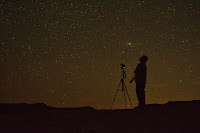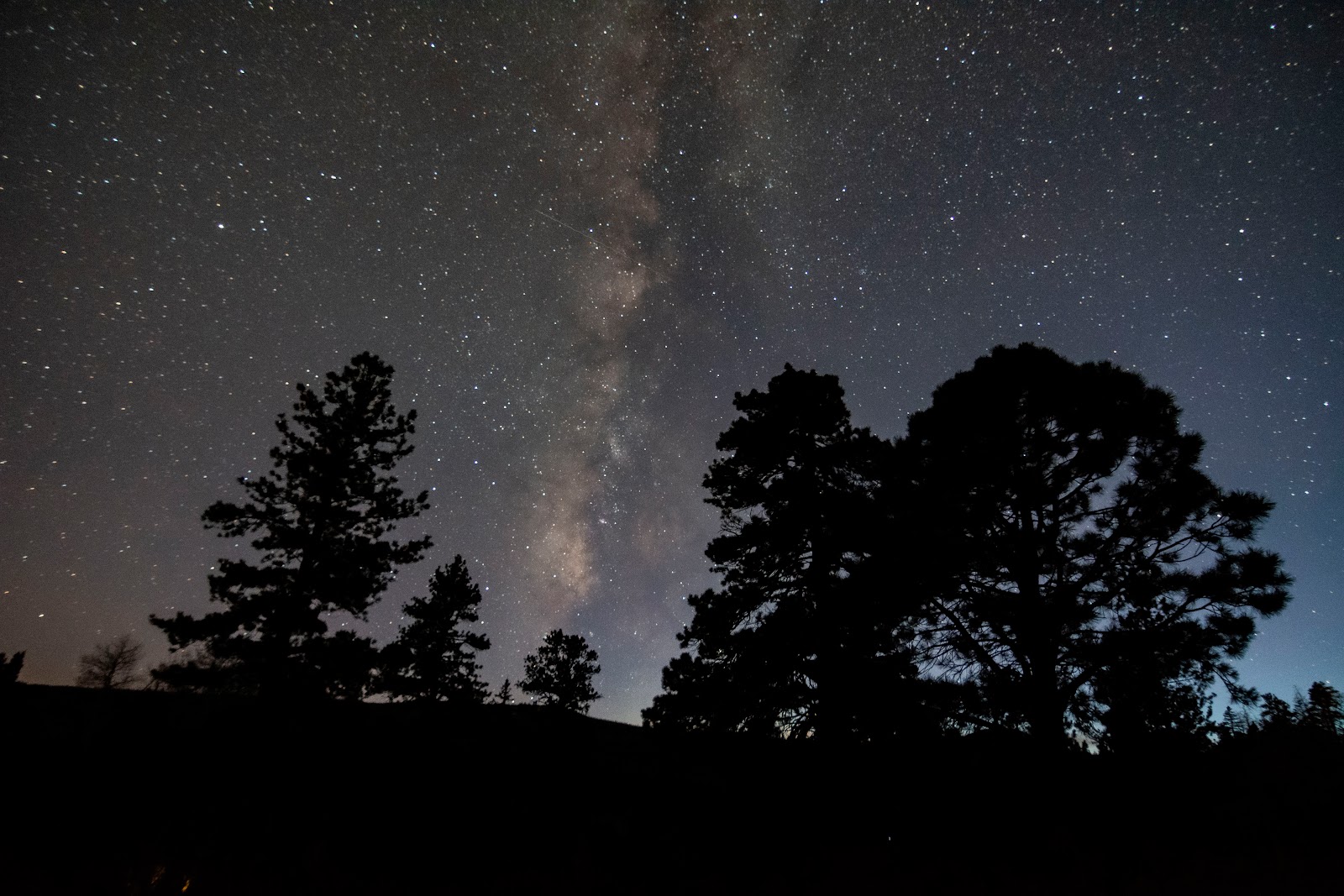Introduction and Monthly Reminders
This December has been unusually warm in Utah, giving stargazers of all kinds the chance to enjoy the night sky. I have relished viewing Jupiter, Saturn, and the Moon with my unaided eyes, and of course, my favorite winter constellations. I missed the occultation of the Pleiades by the Moon due to cloudy weather, as well as the Geminid Meteor Shower. I am hopeful for the clear nights to continue so I can enjoy the night sky for the remainder of the year.
The Winter Solstice is fast approaching, meaning the length of the night will begin to decrease. This occurs on the 21st. The following night, the Ursid Meteor Shower will peak, bringing the chance to see approximately 15 meteors per hour. The Moon will not interfere with this shower. Observers should bundle up and look towards Polaris for their chance to spot as many meteors as possible.
Upcoming Events of 2026
This past year has brought many incredible sights to the night sky. Jupiter and Saturn reached opposition, giving observers fantastic views of these gas giants. Saturn's rings were tilted so that they appeared edge-on for Earthbound observers. This will continue over the next several months, so if an observer missed it during 2025, they will still have the opportunity in 2026. Several comets graced our night sky, including an interstellar comet that is still passing through our solar system.
The upcoming year will bring many more exciting and spectacular events for observers to enjoy and look forward to. Of course, the planets will all be visible, with Mercury oscillating between the evening and predawn sky. Venus will dominate the evening sky beginning in February and continuing through September. It will then return to the morning sky in November and remain there through the end of the year. Mars will be a great target near the end of 2026 when it shines at nearly -0.3 magnitude. While the Red Planet won't be at its best, it may still offer some surface details to telescope observers in December.
Jupiter will reach opposition in January and be at its best in early 2026. This King of the Planets will remain a great target throughout the year, except during its solar conjunction in July. Even a small telescope or binoculars will reveal the large Galilean Moons. Saturn will be a spectacular target for 10 of the 12 months of 2026. The exception will be March and April, when the Ringed World will go through solar conjunction. A small telescope will reveal the rings and even the largest of its moons.
Uranus will be visible during much of 2026. This ice giant will be found in the evening sky during the first four months of the year. It will then be lost in the Sun's glow during its solar conjunction in May and most of June. It will then reappear in the morning sky in July and eventually return to the evening sky. Neptune will stay close to Saturn during the first four months of 2026 until it passes the Ringed World and rises earlier. It can be found in the morning sky beginning in April, but it will be difficult to spot until May.
Utahns will be treated to a Total Lunar Eclipse during March and a Partial Lunar Eclipse in August. For those able and willing to travel, there will be an Annular Solar Eclipse in February and a Total Solar Eclipse in August.
There are a few great meteor showers this year that will peak under Moon-free or nearly Moon-free skies. The first will be the Lyrids in April during the First Quarter Moon Phase. The much-anticipated Perseids will peak in August during a New Moon. The Perfect time for a meteor shower! Finally, the Geminids in December will peak during the First Quarter Moon Phase, allowing observers to catch up to 150 meteors per hour!
Comets are unpredictable but often grace our night sky with their long tails. Hopefully, 2026 will bring some bright comets and perhaps even one bright enough to see with the unaided eye! The Sun reached solar maximum in 2025 but still remains very active. Like comets, the Sun can be unpredictable and may result in the Northern Lights appearing over Utah again.
Enjoy 2026 and don't forget to look up!
 |
| Now get outside and look up! |















